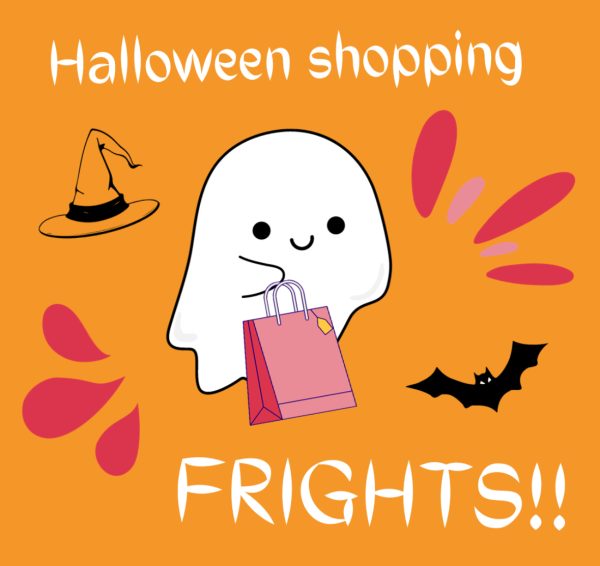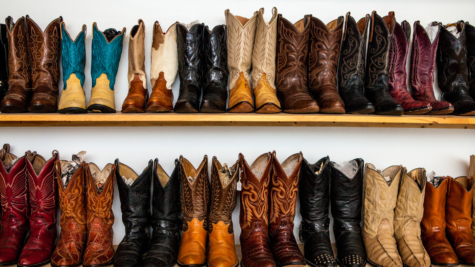Surviving The Impulse
Tips on beating the hunger to buy.
Ever gone to get one thing from the grocery store and suddenly there are five things in the cart? Like many before them, shoppers have succumbed to impulse buying. But don’t worry, it gets everyone at one point or another.
Almost all stores use strategies and product placements to catch the attention of gullible shoppers. Mostly, those who don’t have a list or forget to budget their trip will be the first to fall for a shiny new product or limited sale. Here are the company strategies to watch out for:
Signage
While walking into a large supermarket can be overwhelming, the store helps shoppers navigate by using large signs or aisle numbers. Now that people seem to know where everything is, they have to pass by other areas to get to their desired location. Companies know that signs can be helpful, but it’s also a key component in getting the money. By putting sale signs around the store, such as ‘one day only 75% off’ or ‘mega save’ in bright colors, the companies are aware shoppers will at least glance at them. Shoppers who rush over to see what the sale is fall right into the hands of these stores. Suddenly this product is something they need but never knew about. Or this product that never goes on sale that they’ve been eyeing for a year looks enticing. Or it may also be a newly released item that the shopper would use, and thinks they’re getting a great price for it. Either way, it’s going into the cart.
The Checkout
Now, as for shopping in itself, at some point, shoppers will get tired of investigating all the new sales and ‘hot items’ during their trip and make it to the checkout. Firstly, there are always going to be smaller products next to a register. It’s for the last-minute chocolate cravings or newly announced scandals in the entertainment industry. Sometimes, there could even be gift cards, chargers, chapstick, or other small necessities that everyone seemed to miss while gathering their groceries. This is one spot where companies are getting anywhere from three to ten dollars from customers.
Sign-ups/promotions
While in the payment process, there will typically be some kind of option to get promotions. Whether through text, email, snail mail, or memberships, companies want you to know exactly what they’re working on and if they have one more person to target with their advertising. In most stores, you can decline, but others may just ask for an email or phone number without the option to say no. This makes a ‘junk email’ almost a key characteristic for big shoppers.
Online stores
Shoppers may find it overwhelming to shop in person or come in close contact with others. Luckily for them, their favorite store has an online version as well. With the online business market, nothing beats the deals Amazon has given us; however many stores are taking the hint and stepping up their game. There might be a colorful, well-placed ad, or maybe a promotion will fill the space on the right and left side of your computer. Not only this but there will almost always be some kind of “deal” on shipping. Something like ‘spend x amount to get free shipping or it might even be all around free shipping, although those companies usually have a higher price for the products themselves. However, over the course of the pandemic, these deals and offers have essentially doubled while people around the world are stuck inside. Evidently, the amount spent on online stores during the pandemic could be equal to a mortgage based on how often a person shops online.
These tactics are leaving customers with less money, and more things they don’t need. In order to avoid this, there are some helpful things to remember the next time they shop; bring a list of items, know the layout of the store and stick to necessary ones, use discount websites if something is needed quickly, and avoid shipping “deals” if the items added were not already on the list.

A true scatterbrain, senior Ryleigh Wilson has been on the journalism staff for 3 years. She is the Co-Editor of the magazine and the features editor....














